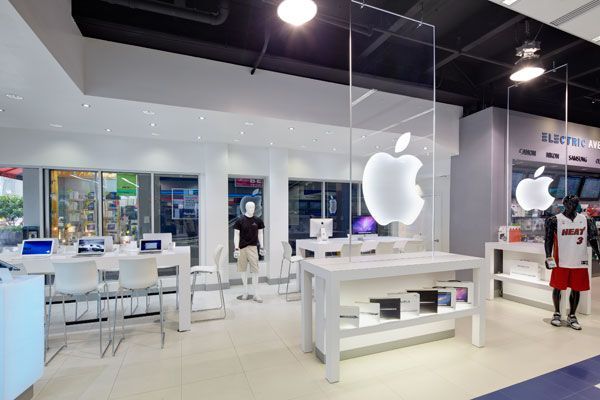
The retail landscape is constantly evolving, and technology is playing a significant role in reshaping how consumers shop. One of the most exciting innovations in this space is the emergence of the Virtual Reality Store, a concept that is transforming the e-commerce industry. With the rise of virtual reality (VR) technology, businesses can now offer immersive shopping experiences, bridging the gap between online and in-store retail.
What is a Virtual Reality Store?
A Virtual Reality Store is an online shopping platform that leverages VR technology to provide customers with a realistic, interactive, and engaging shopping experience. Instead of browsing a traditional e-commerce website, users can wear a VR headset and explore a virtual store as if they were physically present. This technology enables customers to walk through aisles, inspect products in 3D, and even try items before purchasing, creating a seamless and engaging shopping journey.
Benefits of a Virtual Reality Store
1. Immersive Shopping Experience
One of the biggest advantages of a Virtual Reality Store is the ability to replicate the in-store experience. Customers can virtually visit a store, examine products in detail, and make more informed purchasing decisions.
2. Enhanced Customer Engagement
VR shopping environments provide a highly interactive experience, keeping customers engaged for longer periods. Unlike traditional e-commerce platforms, which rely on static images and descriptions, a Virtual Reality Store allows users to interact with products in a dynamic way.
3. Reduced Return Rates
Since customers can view products in 3D and even try them in a virtual setting, they can make better purchase decisions. This leads to fewer returns and increased customer satisfaction.
4. Global Accessibility
A Virtual Reality Store eliminates geographical barriers, allowing customers from around the world to visit and shop in an immersive environment. This opens new opportunities for businesses to expand their reach and attract international customers.
5. Cost Savings for Businesses
Operating a virtual store reduces the need for physical retail spaces, lowering overhead costs. Businesses can also showcase an extensive range of products without worrying about storage constraints.
Industries Adopting Virtual Reality Stores
Fashion and Apparel
Leading fashion brands are integrating VR into their shopping platforms, allowing customers to try on clothes, shoes, and accessories in a virtual fitting room.
Furniture and Home Décor
Companies like IKEA and Wayfair are leveraging VR to help customers visualize furniture in their homes before making a purchase.
Automotive
Car manufacturers are using VR showrooms to let potential buyers explore vehicle interiors, colors, and features without visiting a dealership.
Future of Virtual Reality Shopping
With advancements in VR technology, the future of Virtual Reality Stores looks promising. As VR hardware becomes more affordable and internet speeds continue to improve, more retailers will embrace this technology to enhance their online shopping experiences.
In conclusion, a Virtual Reality Store is not just a trend—it’s the future of retail. By offering an immersive and interactive shopping experience, businesses can improve customer engagement, reduce return rates, and expand their reach globally. As VR technology continues to evolve, the possibilities for virtual shopping will only expand, making it an essential part of the e-commerce landscape.